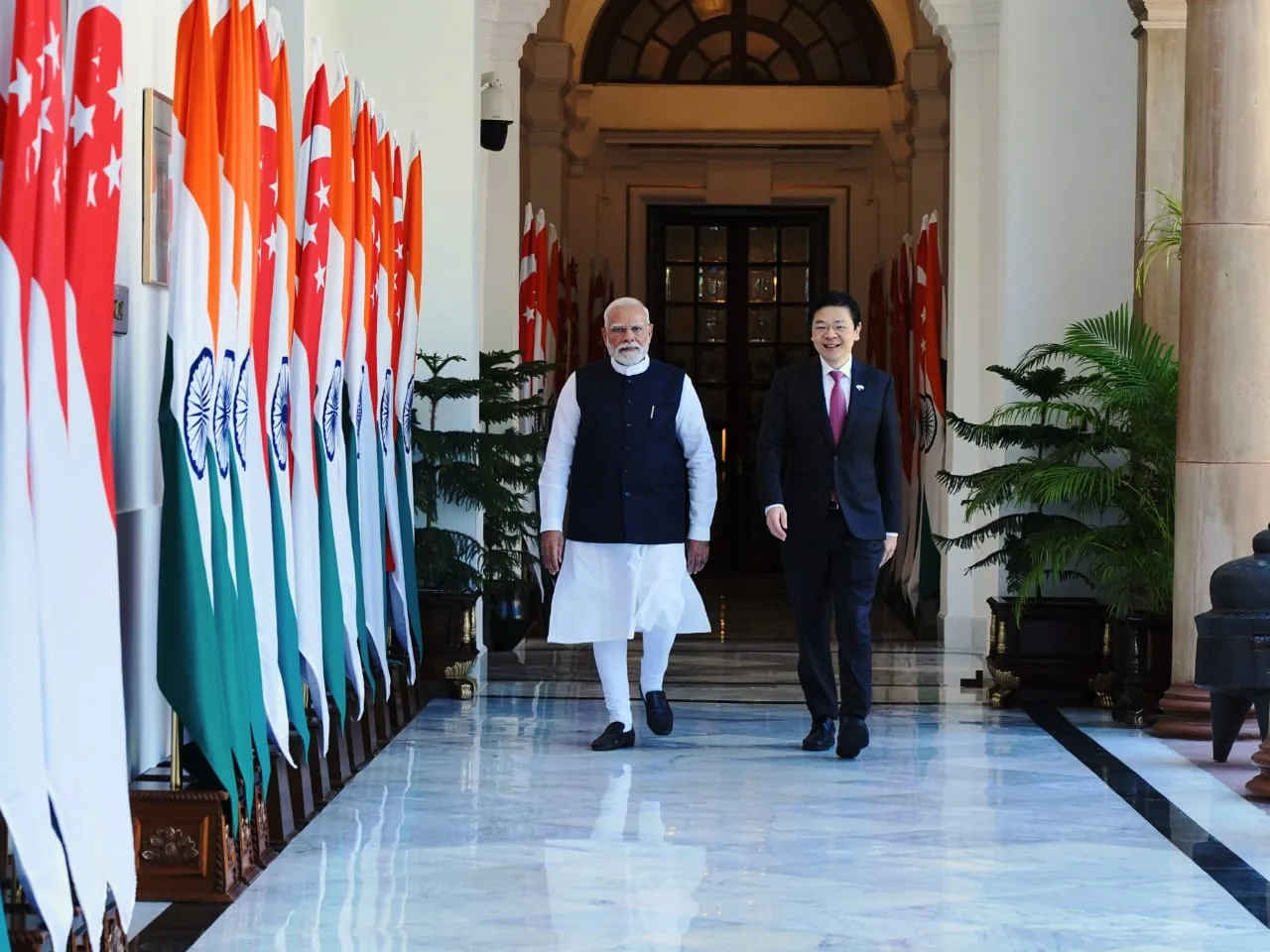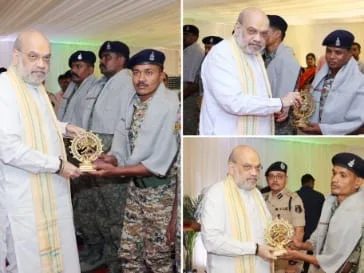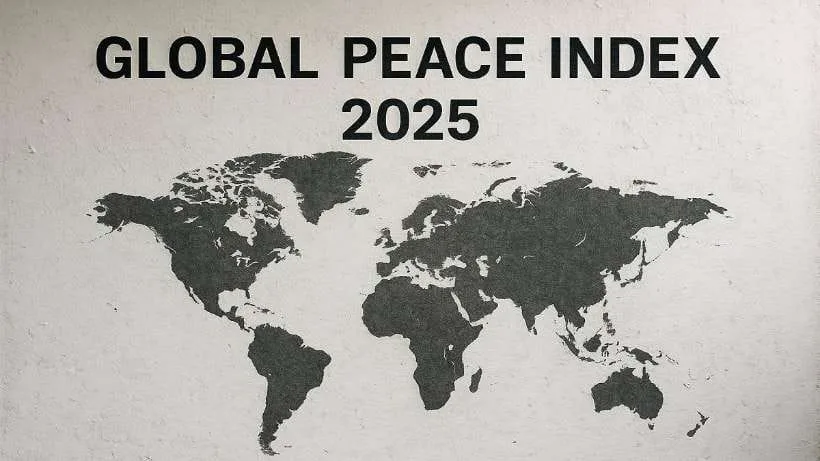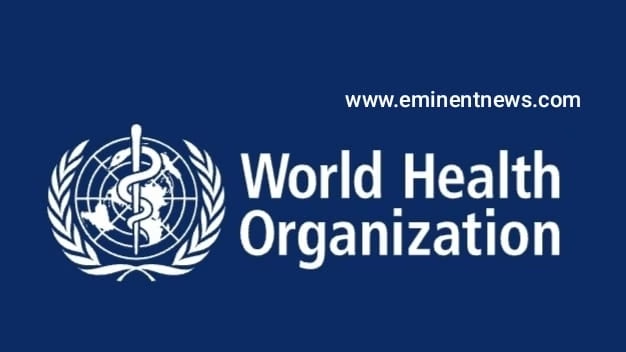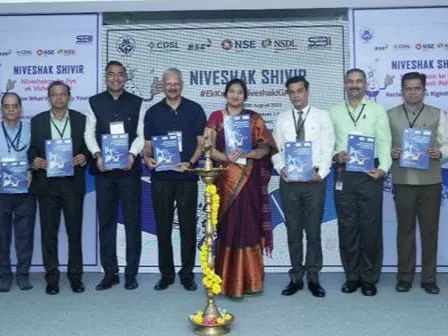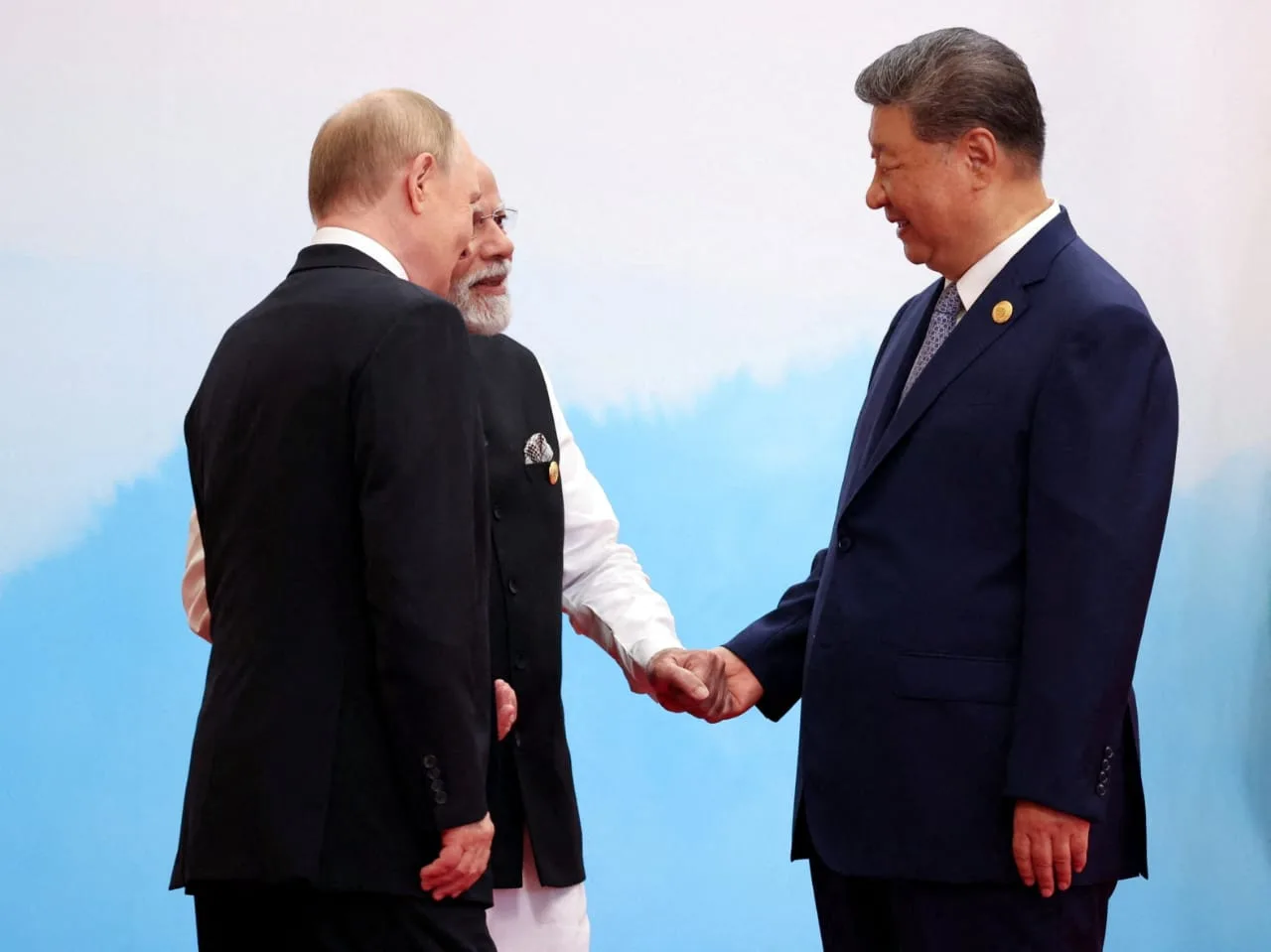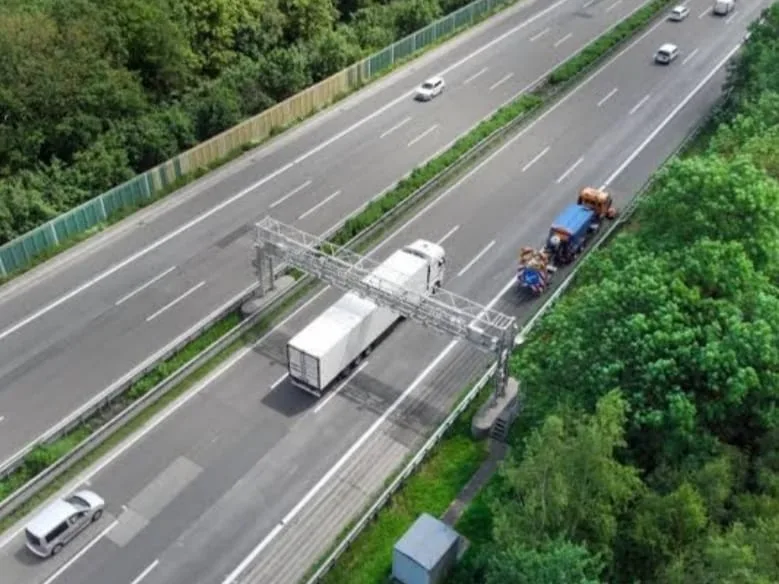NATO is a political and military alliance of North American and European countries . It operates as a collective security system where member states agree to defend each other against attacks by third parties . NATO also serves as a platform for consultation and cooperation on security-related issues .
NATO’s Role:
- Collective Defence: The core principle of NATO is collective defence, enshrined in Article 5 of the Washington Treaty . An attack on one member is considered an attack on all .
- Crisis Management: NATO undertakes operations and missions to manage crises and conflicts . These can be carried out under Article 5 or under a United Nations mandate .
- Cooperative Security: NATO works with non-member countries to build partnerships and promote security .
- Deterrence and Defence: NATO maintains military readiness and modernization to deter potential threats .
NATO’s Regulations and Guidelines:
- Defence Investment Pledge: Allies commit to investing at least 2% of their Gross Domestic Product (GDP) annually on defence . At least 20% of defence expenditures should be devoted to spending on major new equipment, including associated research and development .
- Defence Production Action Plan: This plan aims to boost engagement with the defence industry, aggregate demand, address defence industrial challenges, and increase interoperability .
- NATO Industrial Capacity Expansion Pledge: This pledge strengthens transatlantic defence industrial cooperation and helps allies restock their arsenals . It focuses on strengthening the defence industry, taking a systemic approach to defence industrial development, delivering critical capabilities urgently, increasing large-scale multinational procurement, accelerating the adoption of new technologies, enhancing cooperation with partners, reinforcing NATO standards, and protecting critical supply chains .
- Standardization Agreements: NATO reinforces standards in the production of defence materiel, ensuring that NATO systems and equipment are interoperable and NATO munitions are interchangeable .
- Membership Requirements: New members must uphold democracy, be making progress toward a market economy, have their military forces under firm civilian control, be good neighbours, and be working toward compatibility with NATO forces .
- Decision-Making Process: NATO functions through consensus decision-making, meaning all members must agree before a decision is implemented .
- Burden-Sharing: All NATO members are expected to contribute to the alliance’s common defence .
- Coordination Mechanisms:
- Conference of National Armaments Directors (CNAD): Coordinates capability development and engagement with the defence industry .
- Defence Industrial Production Board: Coordinates efforts on defence industrial planning and procurement .
- NATO Industrial Advisory Group (NIAG): Advises the CNAD on government-to-industry and industry-to-industry armaments co-operation .
- NATO Support and Procurement Agency (NSPA): Plays a role in logistics and procurement activities .
challenges NATO face in its operations :
NATO faces numerous challenges in its operations, stemming from evolving geopolitical landscapes, internal dynamics, and emerging threats .
Some key challenges include:
- Geopolitical Tensions: NATO must navigate complex relationships with countries like Russia and China, addressing issues such as military build-up, cyber warfare, and disinformation campaigns .
- Internal Cohesion: Maintaining unity among member states with differing priorities, threat perceptions, and political agendas is crucial but challenging .
- Burden Sharing: Ensuring that all member states contribute adequately to the alliance’s defence spending and capabilities remains a persistent issue . Some members do not meet the agreed-upon target of spending 2% of their GDP on defence .
- Adapting to New Threats: NATO must adapt to emerging threats such as cyberattacks, hybrid warfare, and terrorism, which require new strategies and capabilities .
- Technological Advancements: Keeping pace with rapid technological advancements, particularly in areas like artificial intelligence and autonomous weapons systems, is essential for maintaining a military edge .
- Resource Constraints: Limited resources and competing priorities can constrain NATO’s ability to invest in necessary capabilities and conduct operations .
- Decision-Making Processes: NATO’s consensus-based decision-making process can be slow and cumbersome, hindering its ability to respond quickly to emerging crises .
- Public Support: Maintaining public support for NATO and its operations is essential for sustaining political will and resources .
- Relations with Non-Member States: Balancing relationships with non-member states, such as Ukraine and Georgia, while avoiding escalation with Russia is a delicate task .
- Cybersecurity: Defending against and responding to cyberattacks on critical infrastructure and military systems is a growing concern .
- Hybrid Warfare: Countering hybrid warfare tactics, which combine military and non-military means to destabilize adversaries, requires a coordinated and comprehensive approach .
- Disinformation: Combating disinformation campaigns that seek to undermine public trust in NATO and its members is crucial for maintaining alliance cohesion and credibility .
- Climate Change: Addressing the security implications of climate change, such as increased competition for resources and displacement of populations, poses new challenges for NATO .
- Evolving Security Landscape:
- Terrorism and Regional Instability: Challenges in the Euro-Atlantic region, such as terrorism and regional instability, remain relevant .
- Maintaining Relevance: NATO needs to address institutional shortcomings and structural issues to improve its capabilities in the face of fast-emerging technologies .



